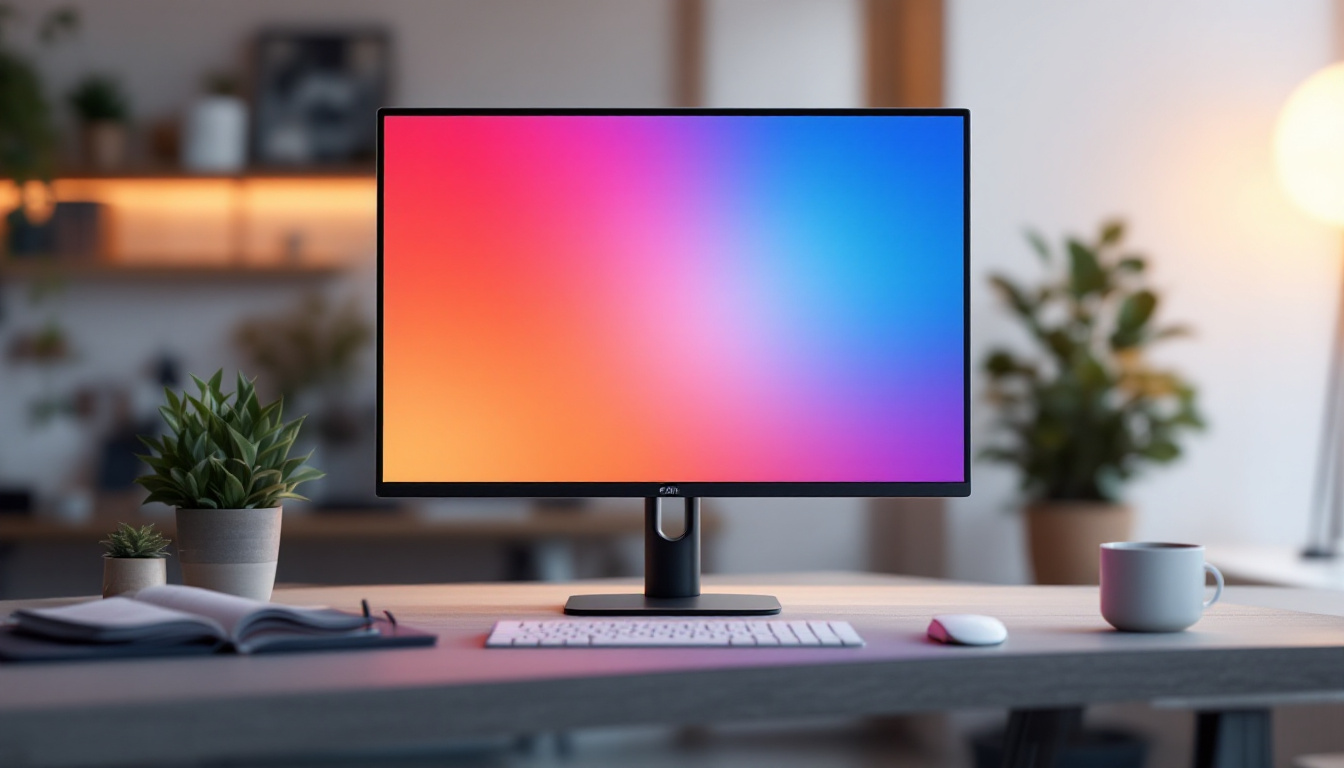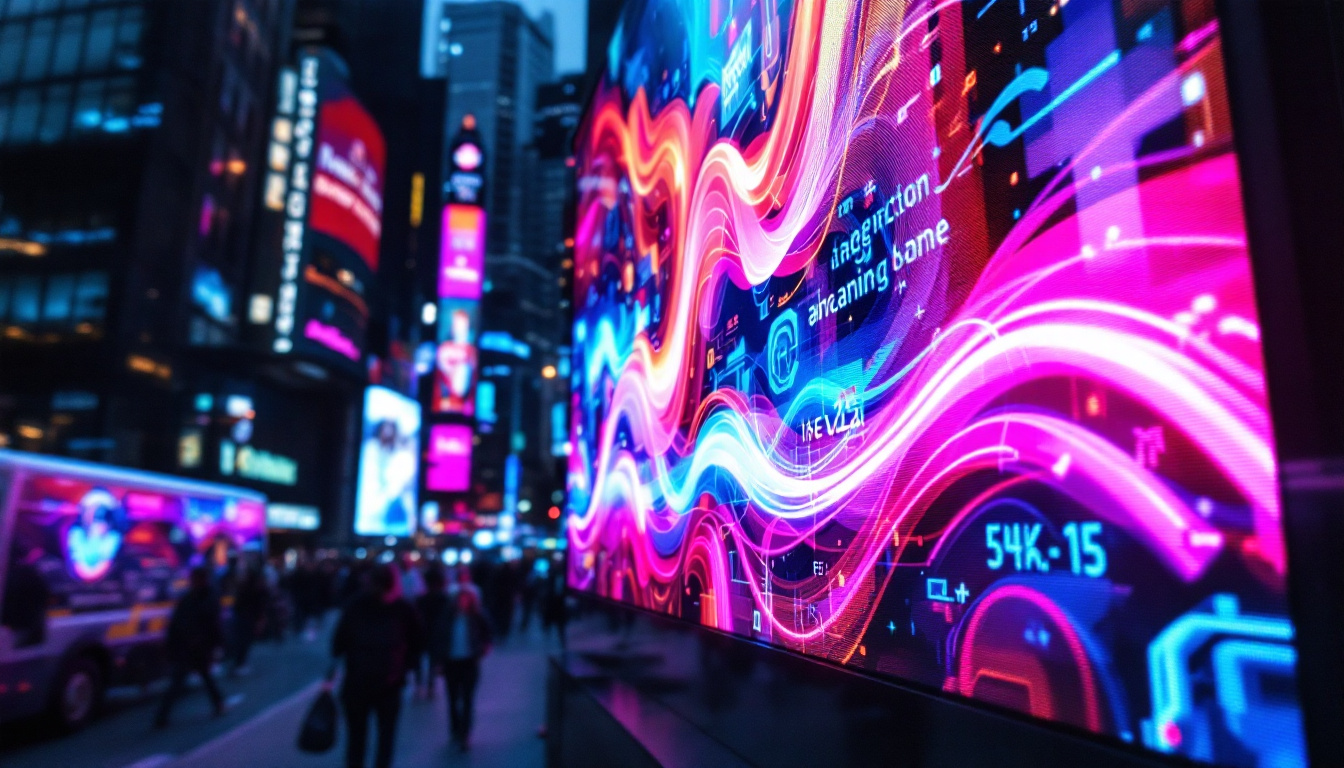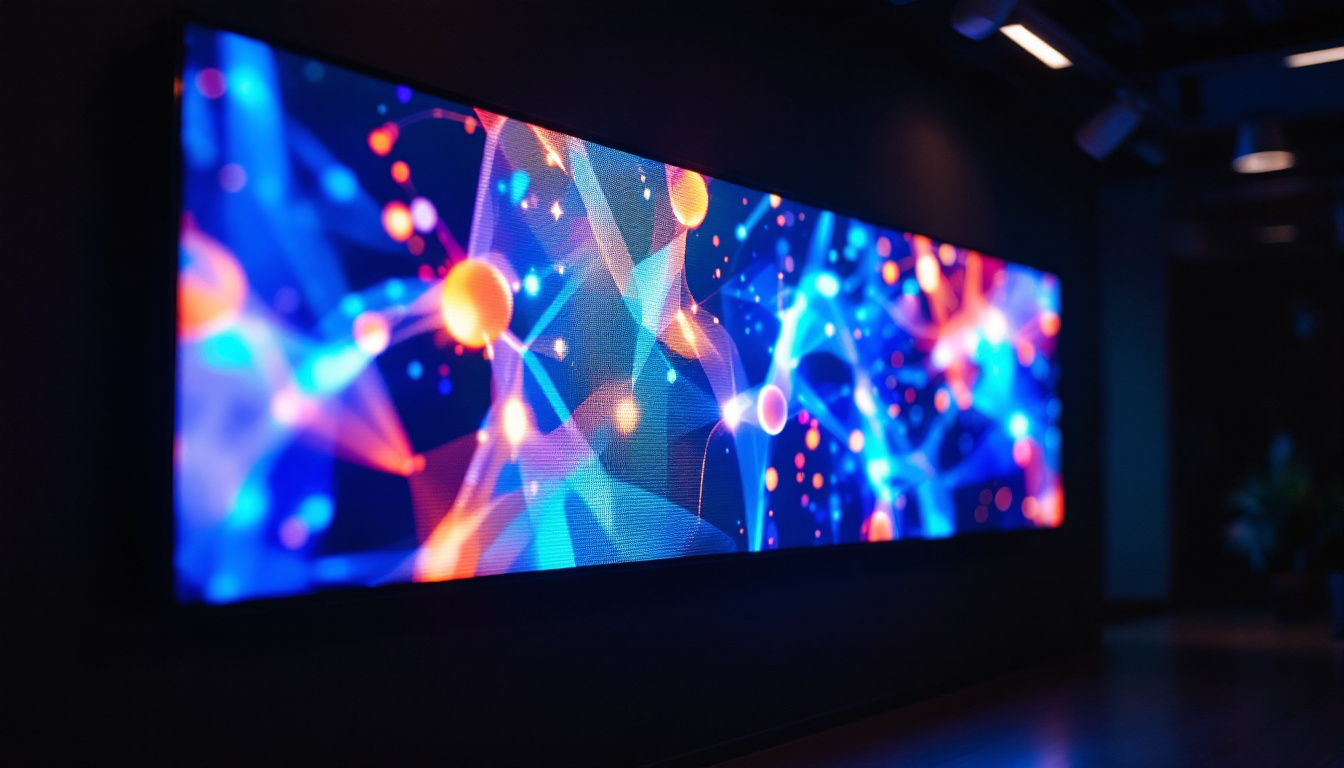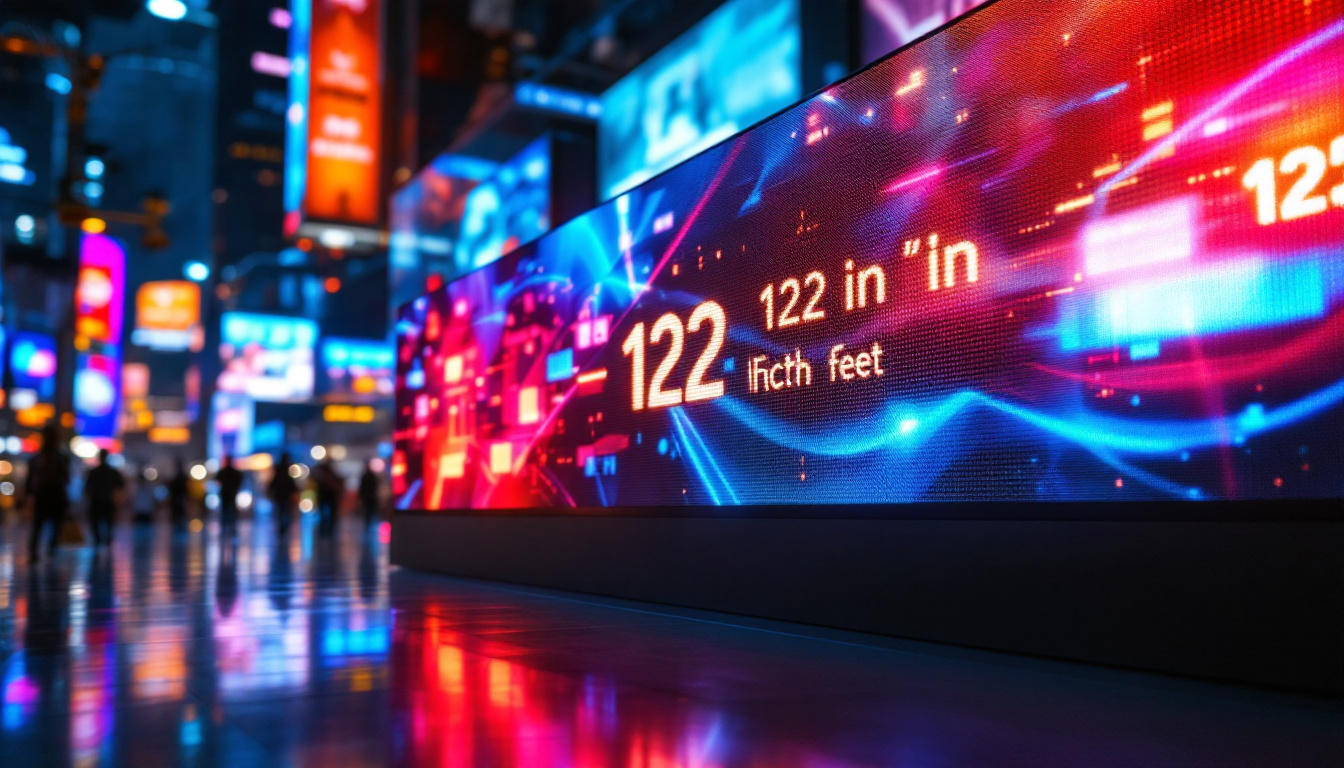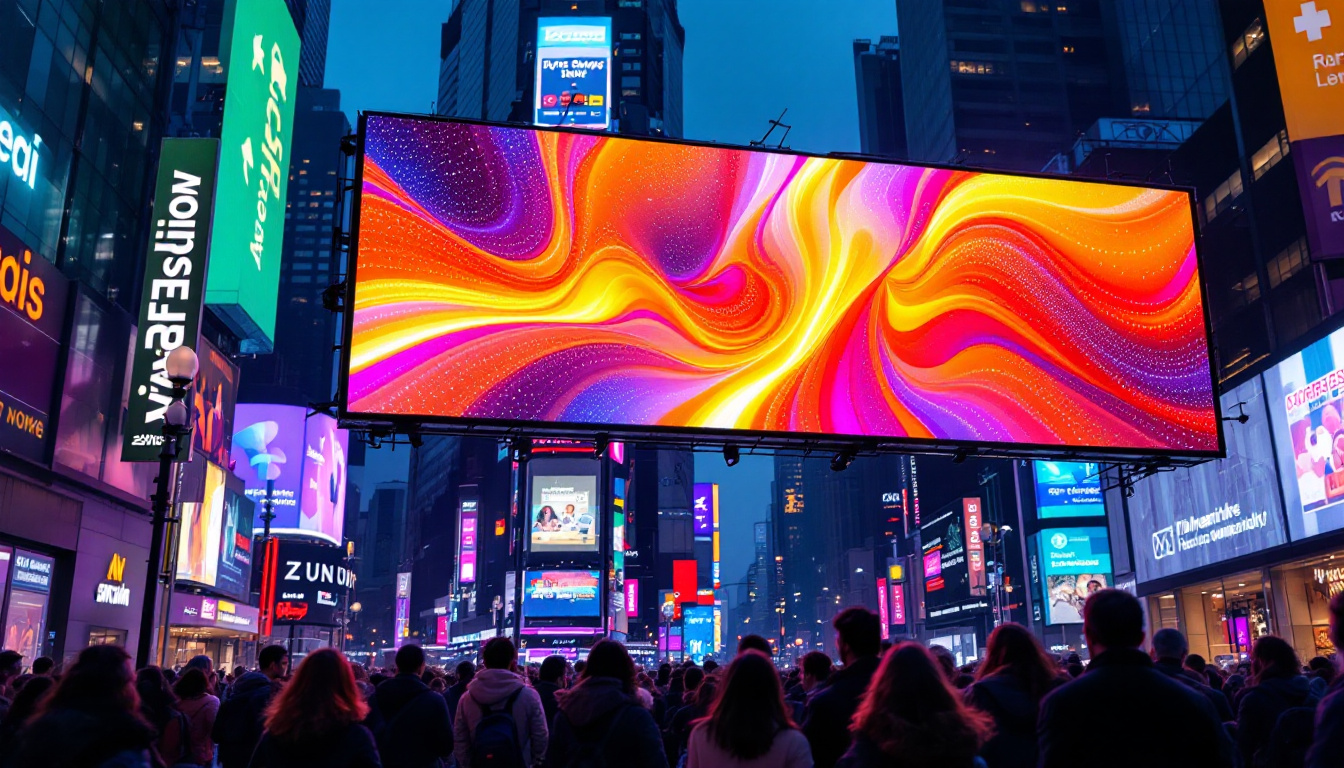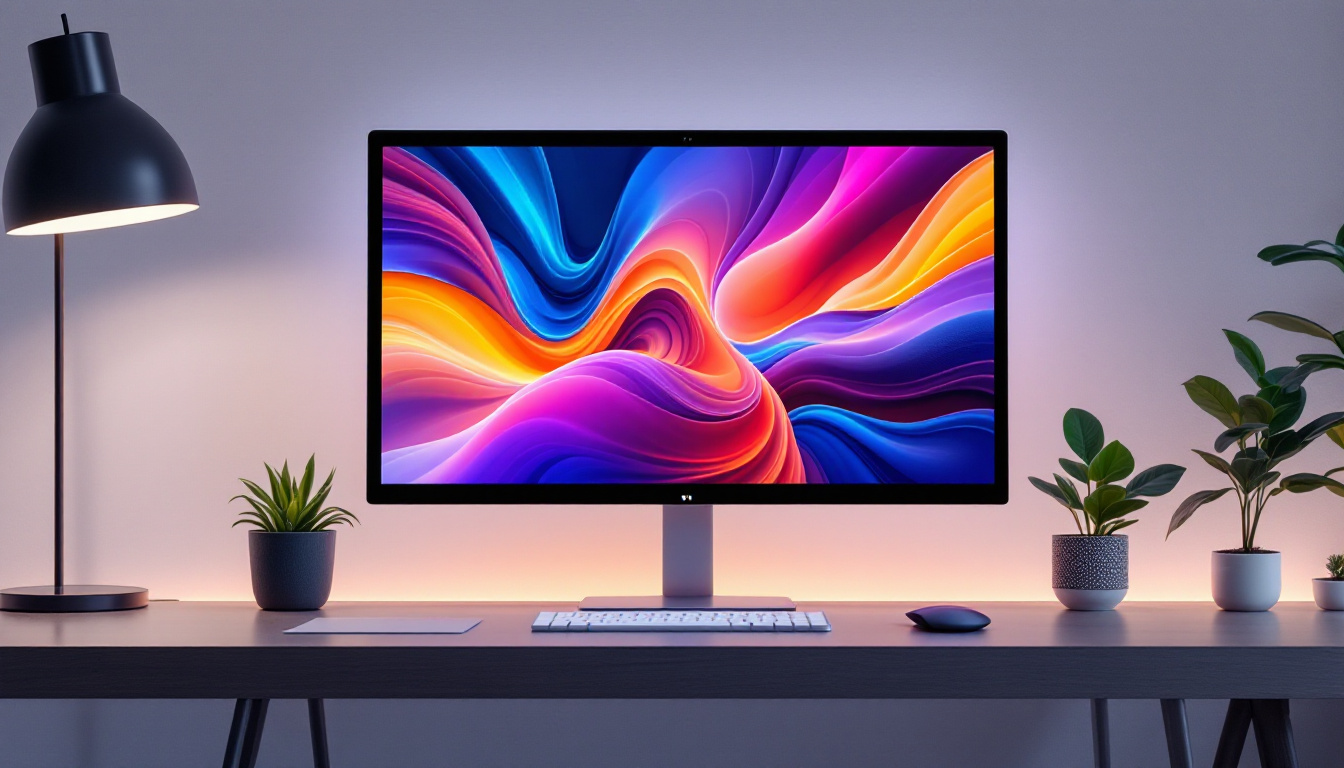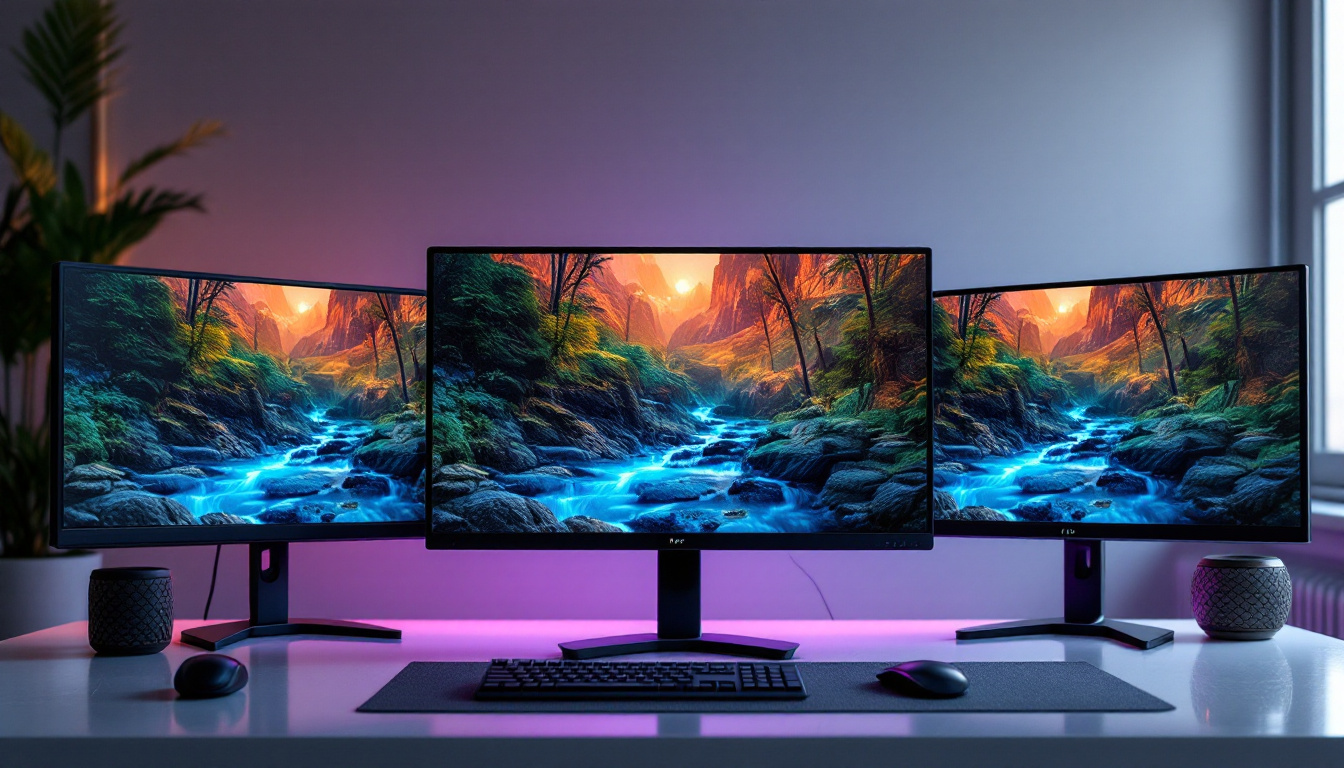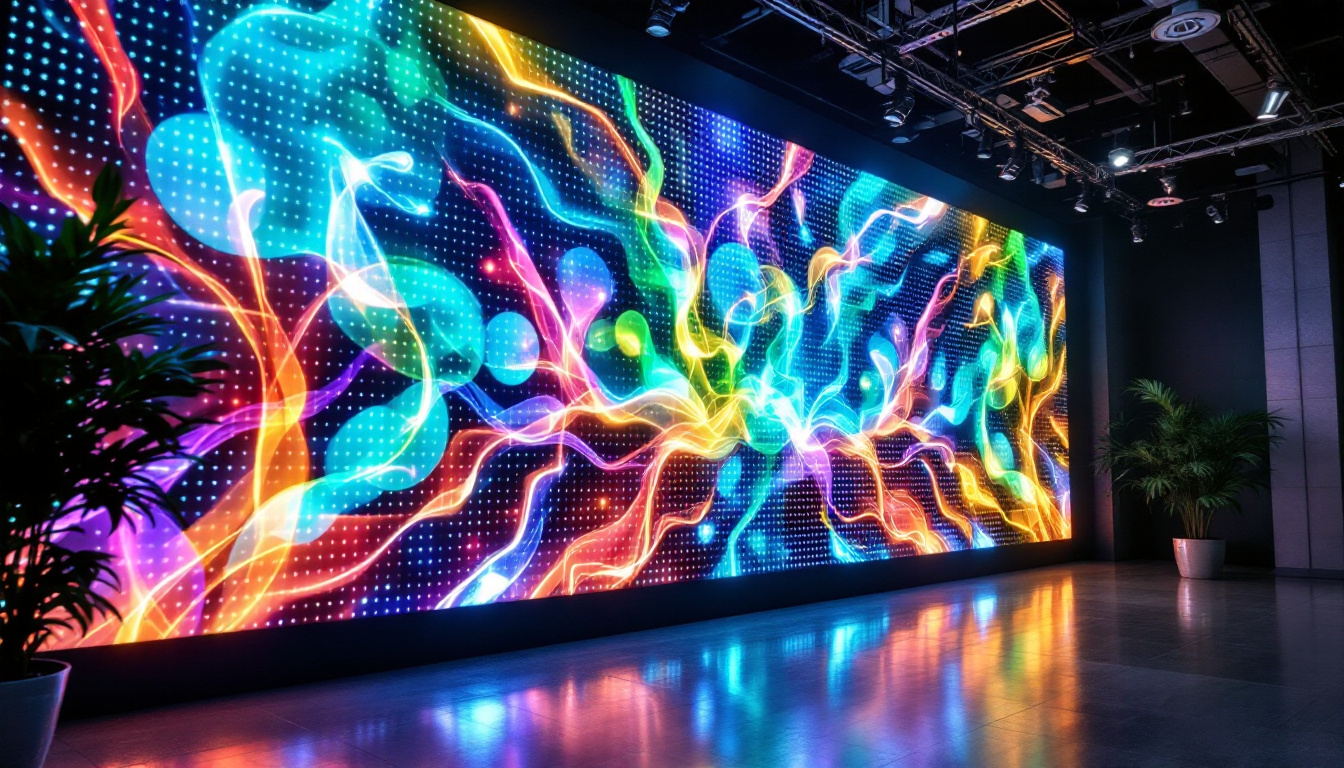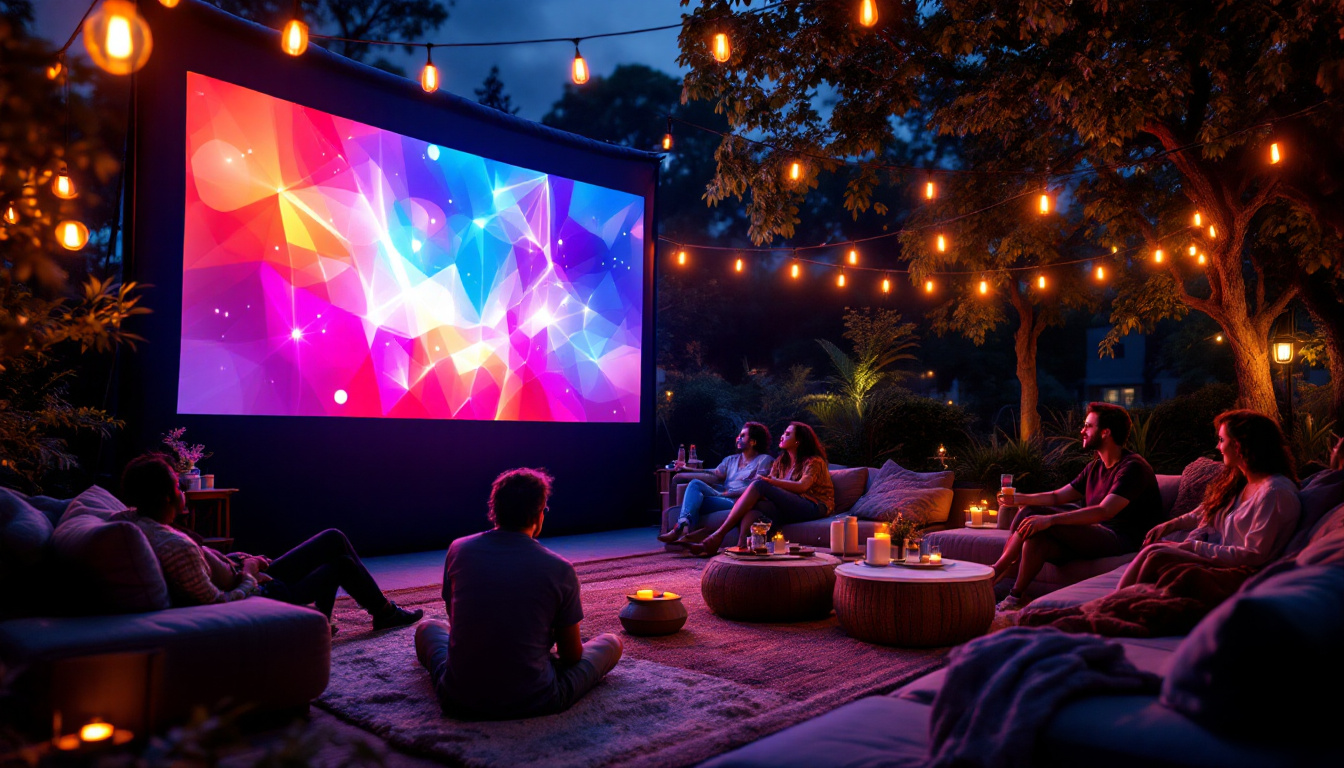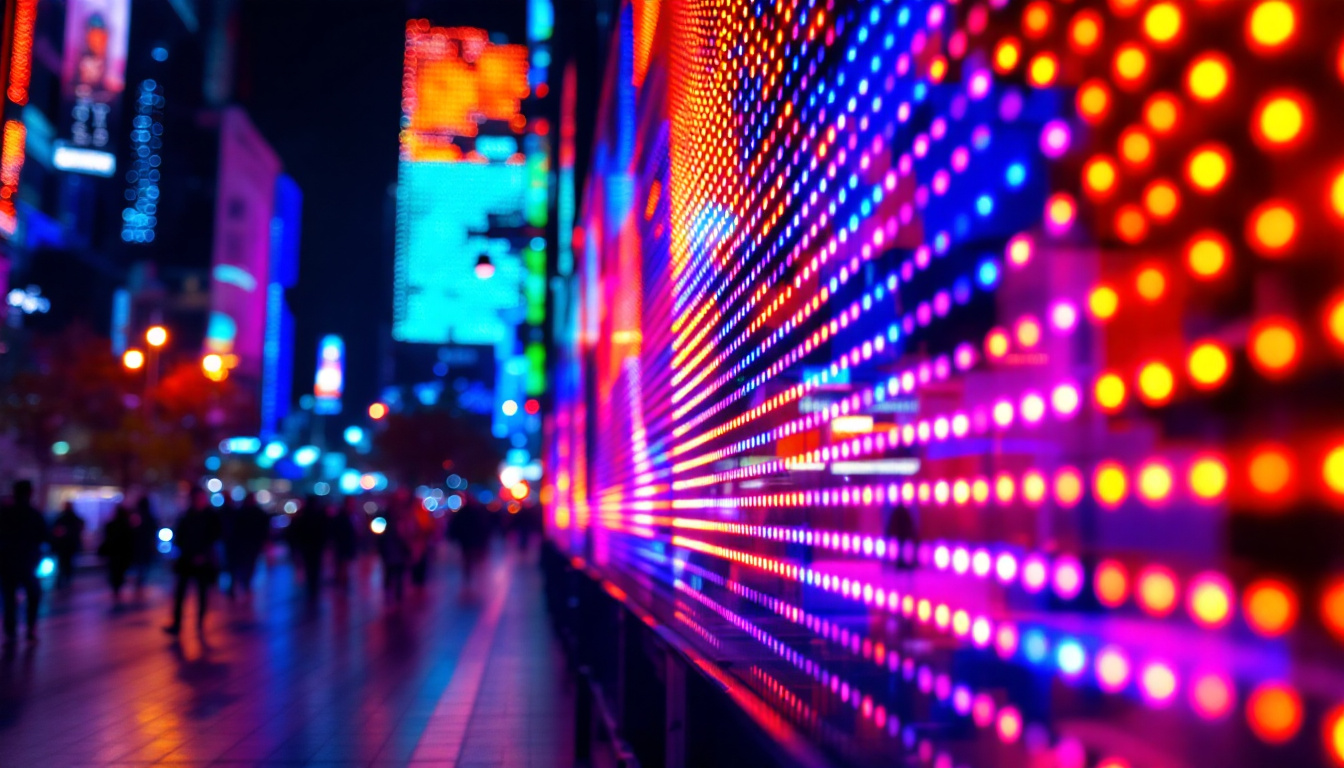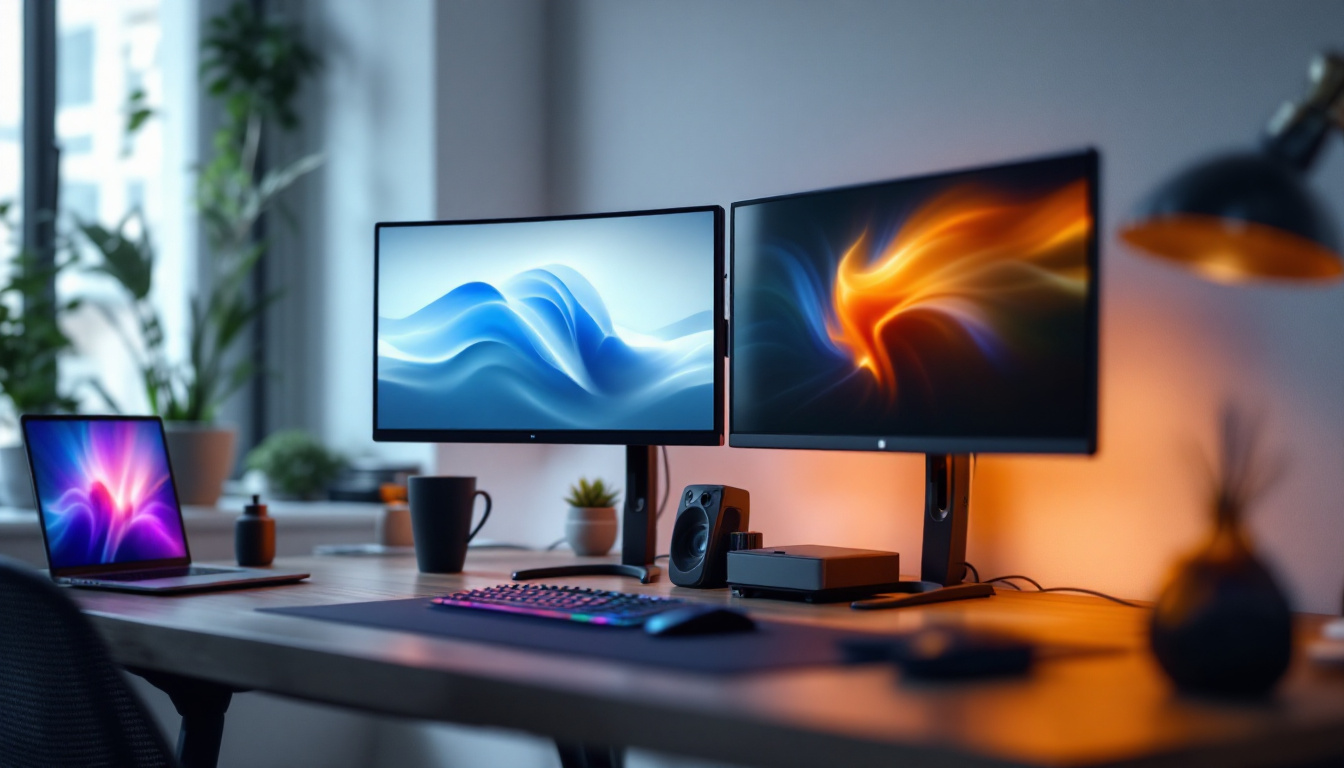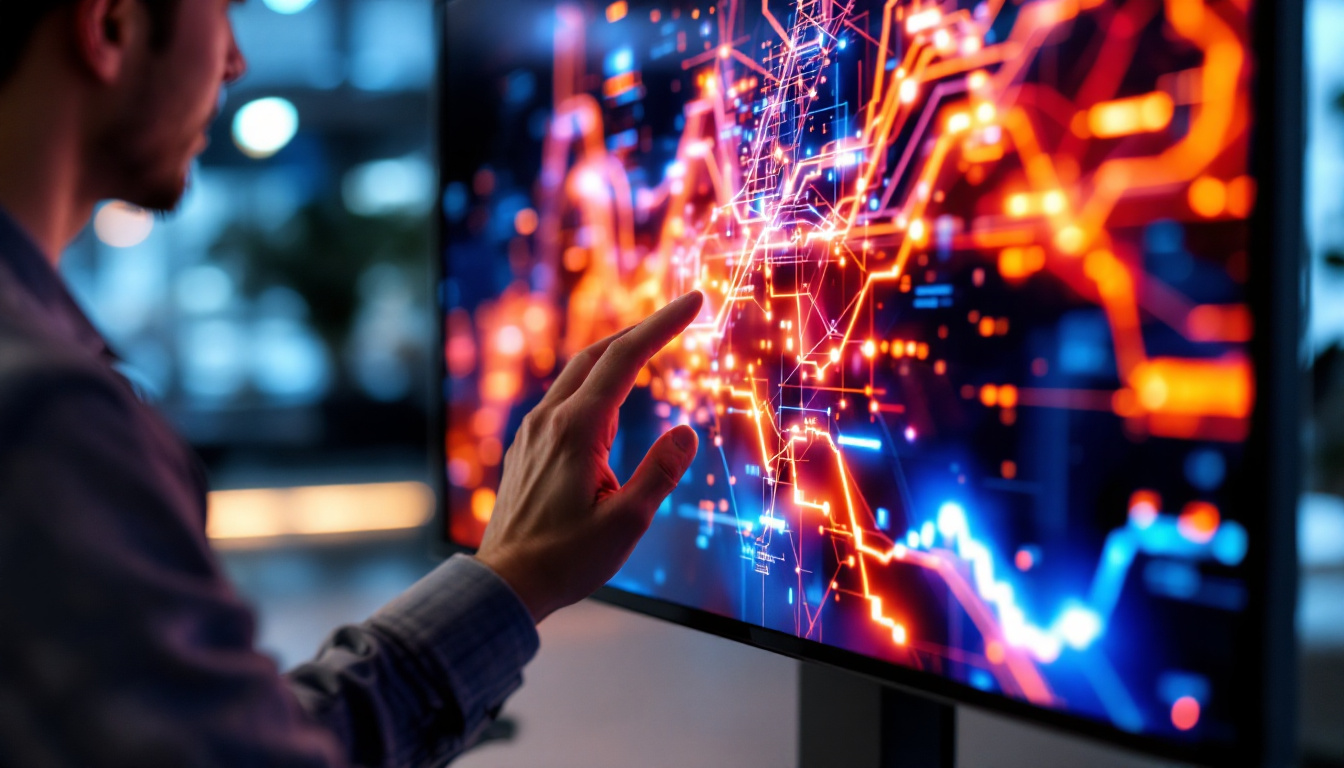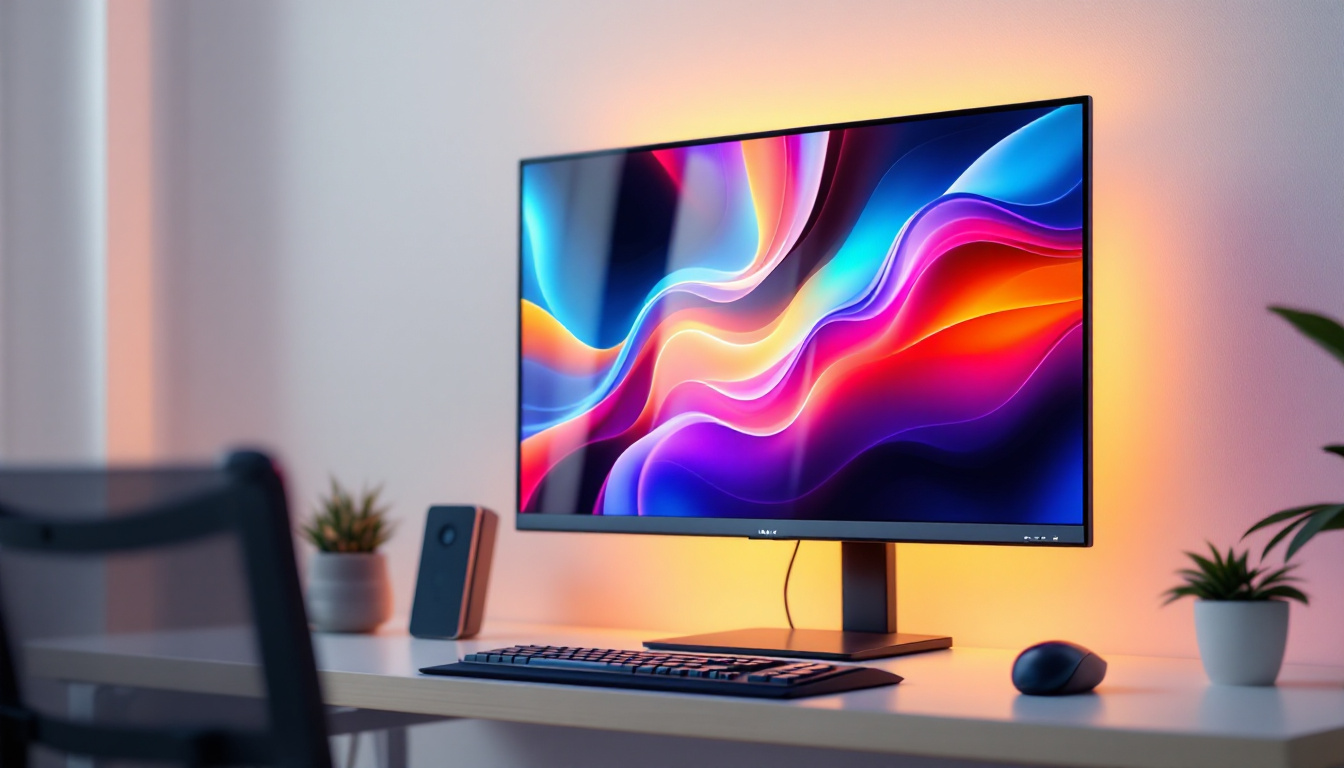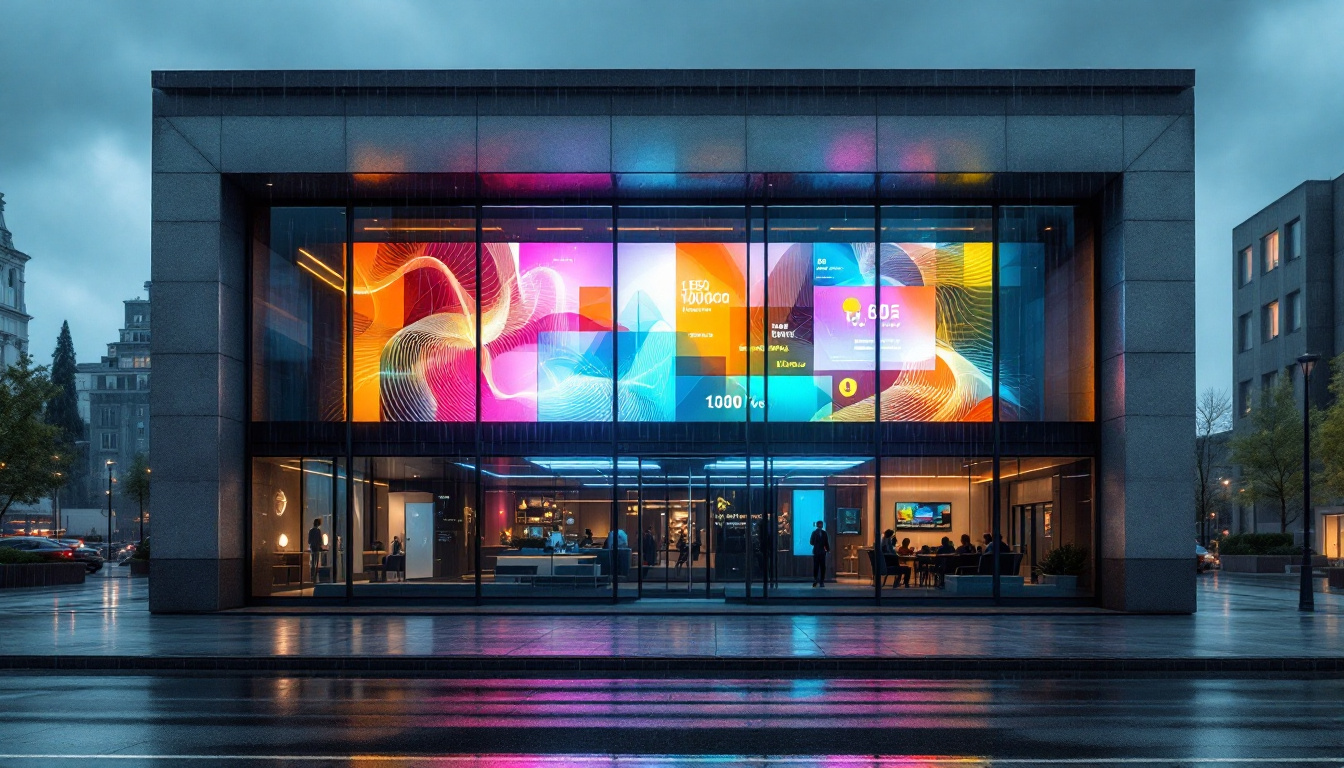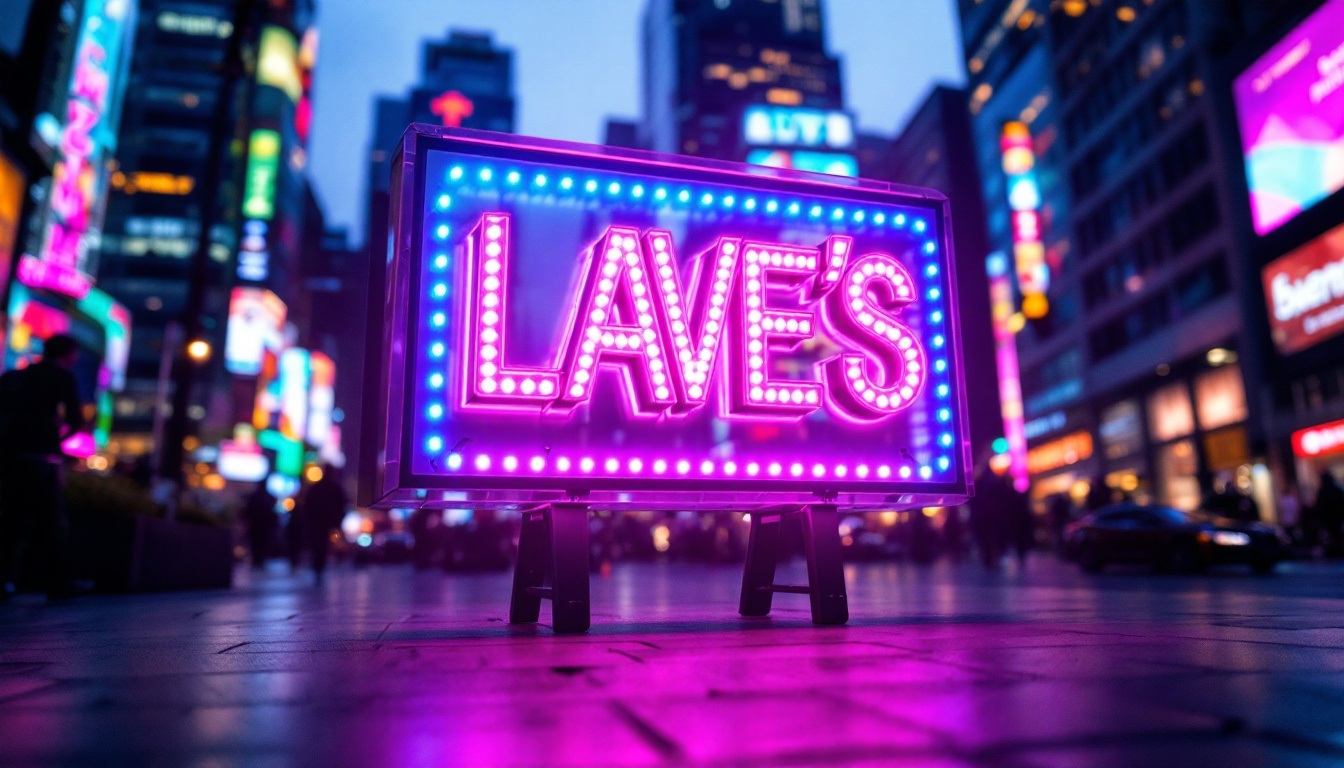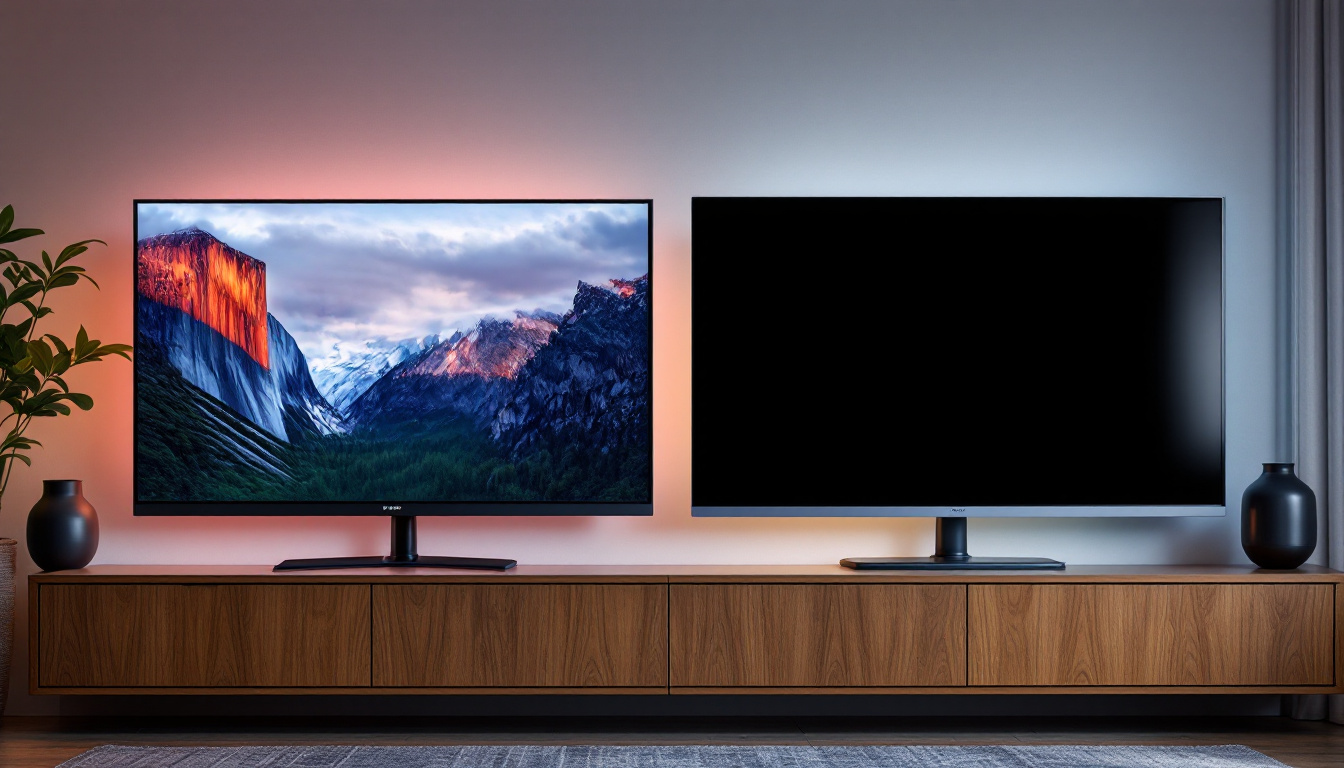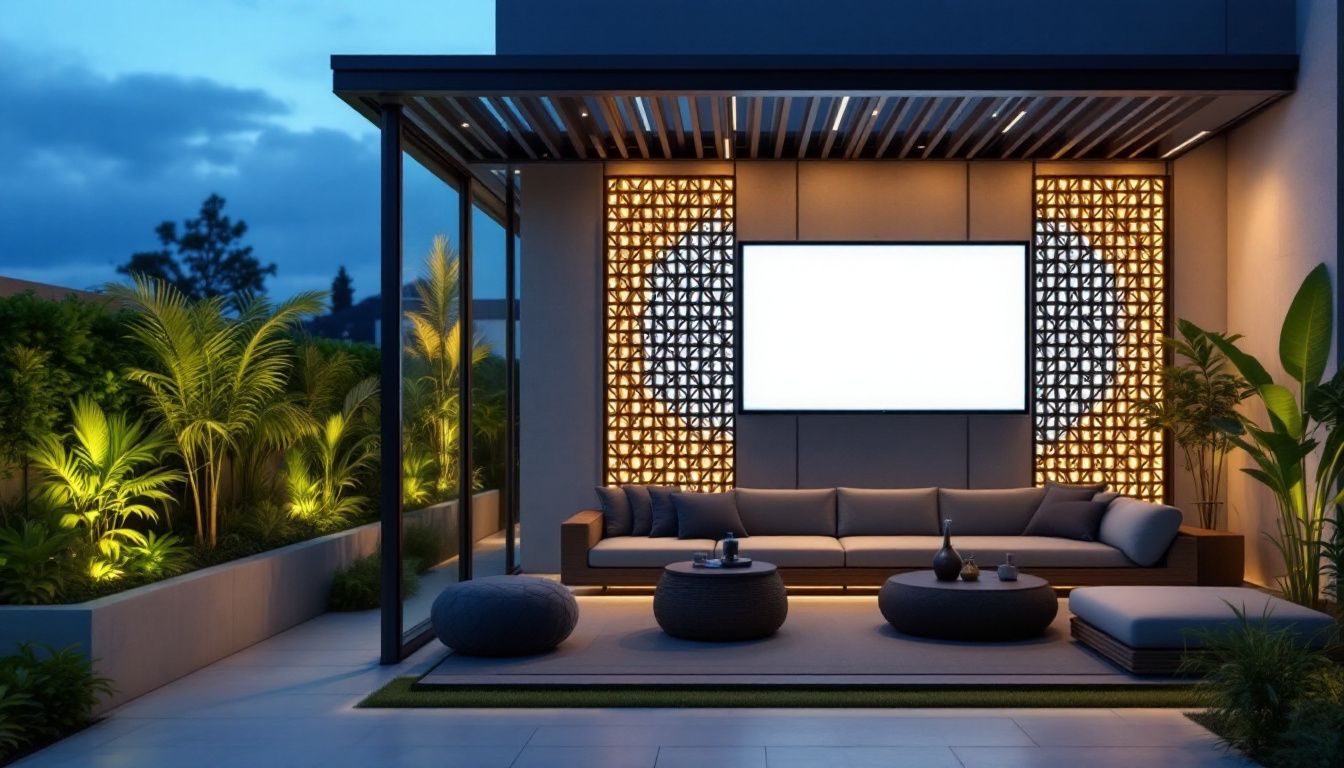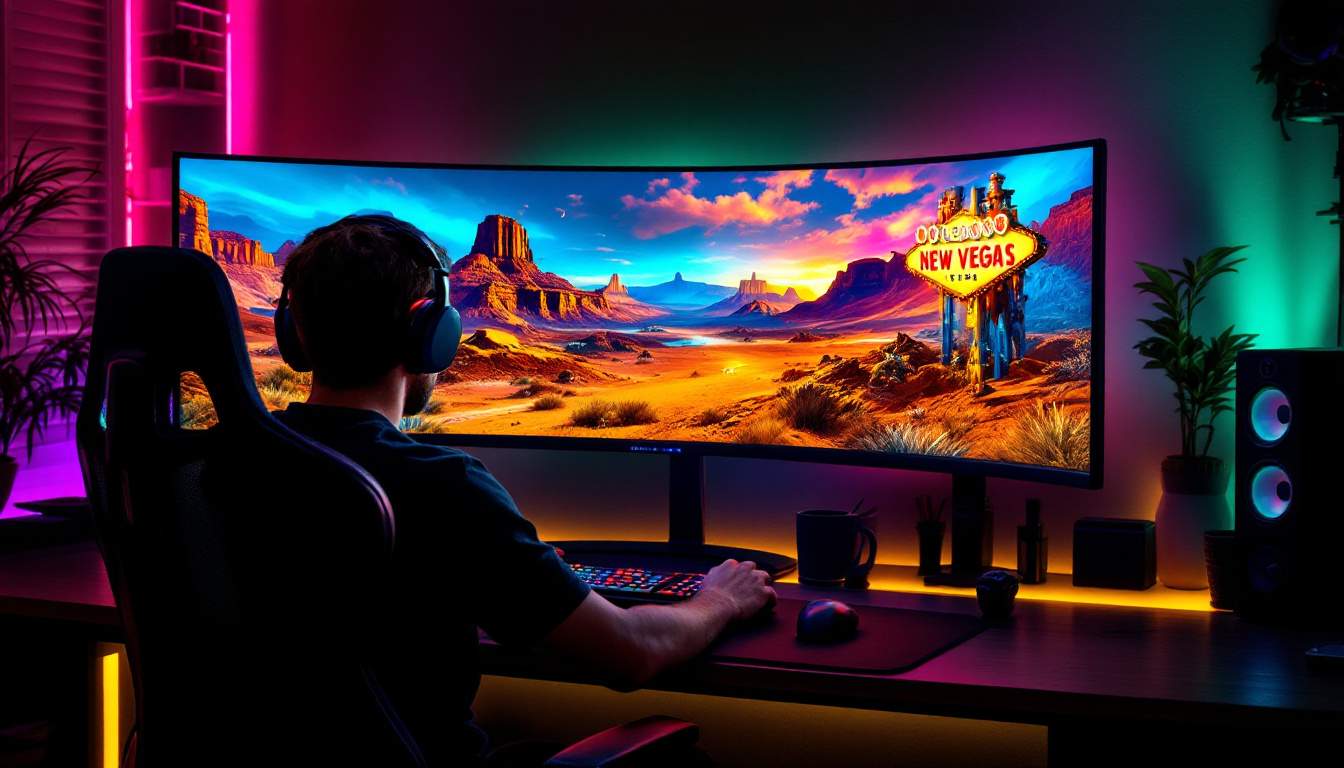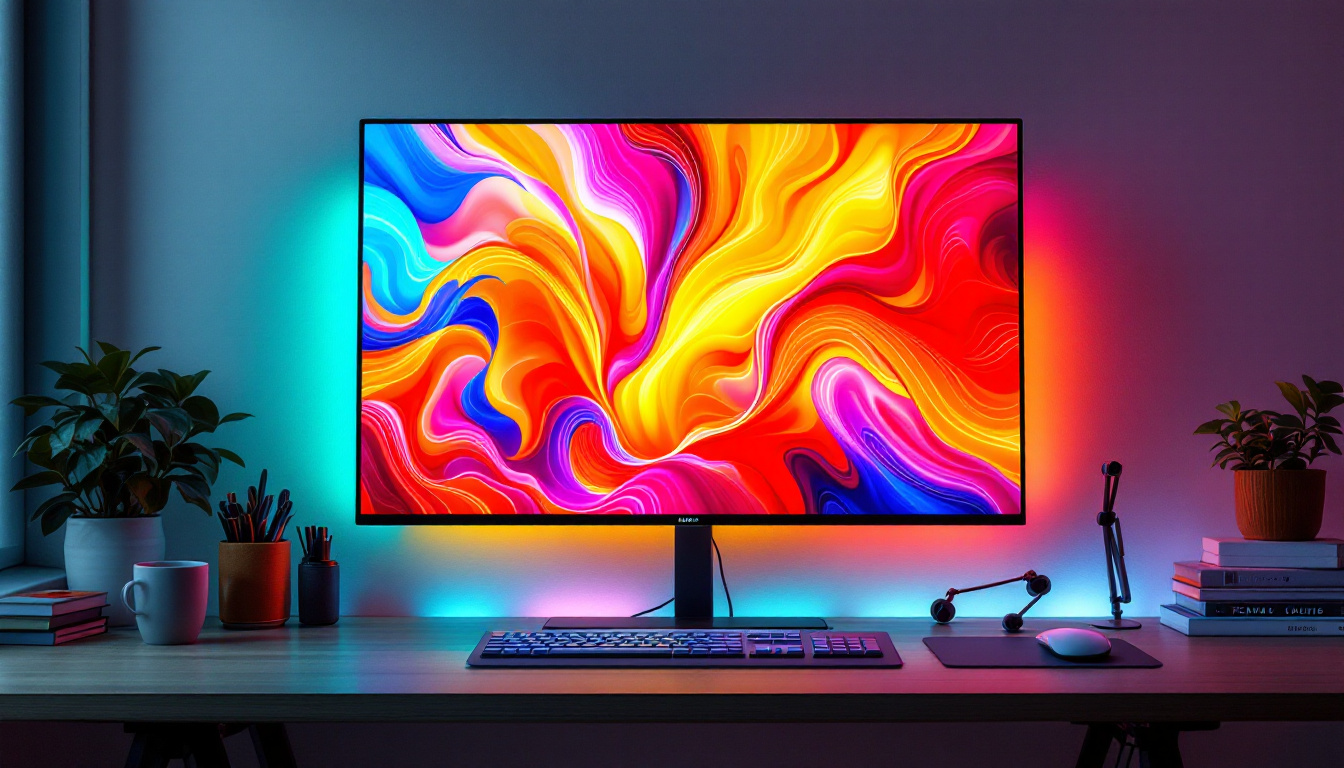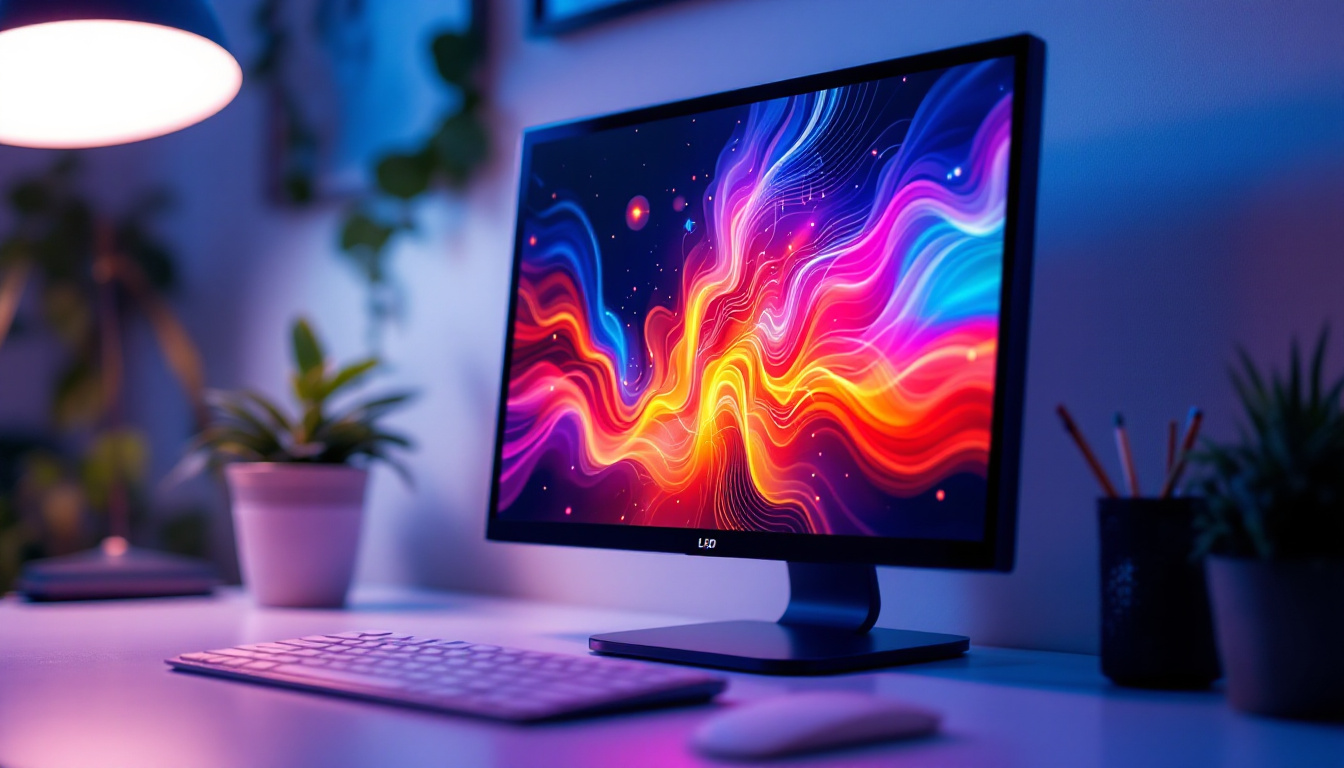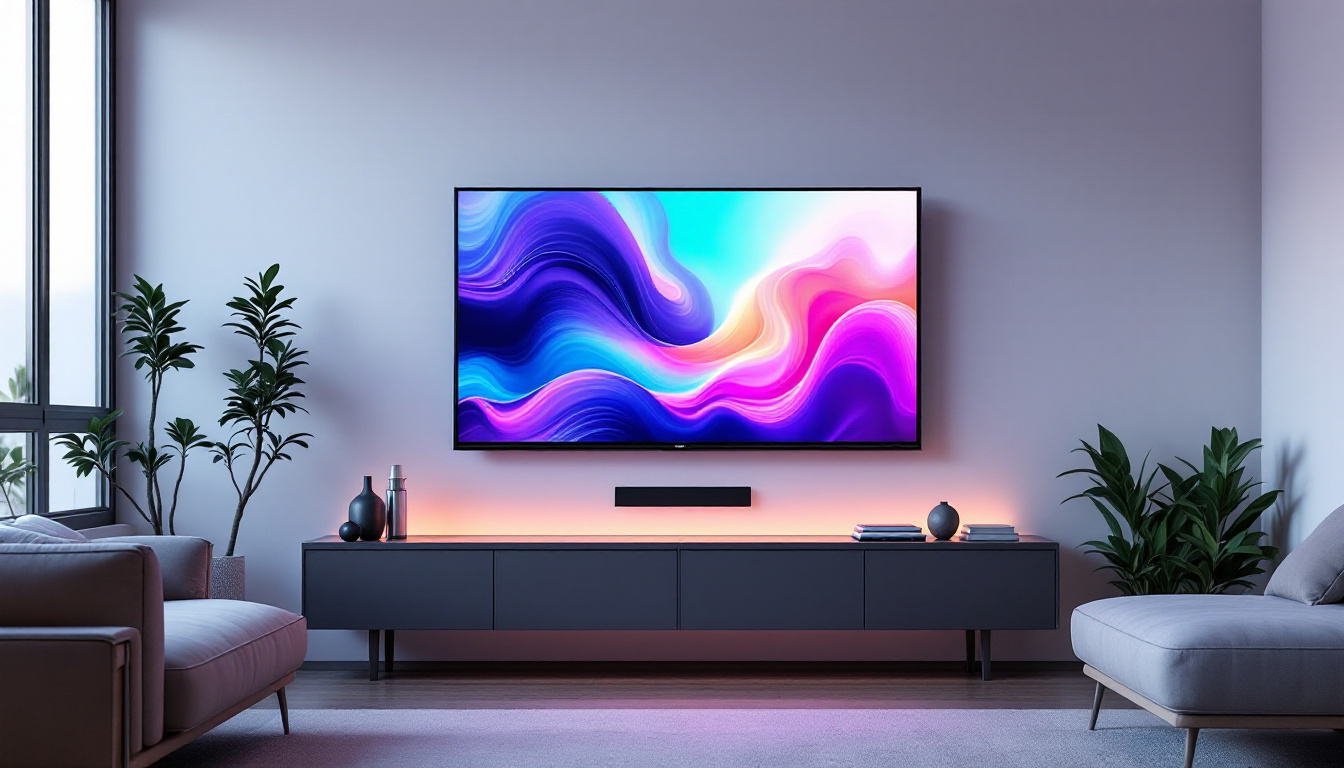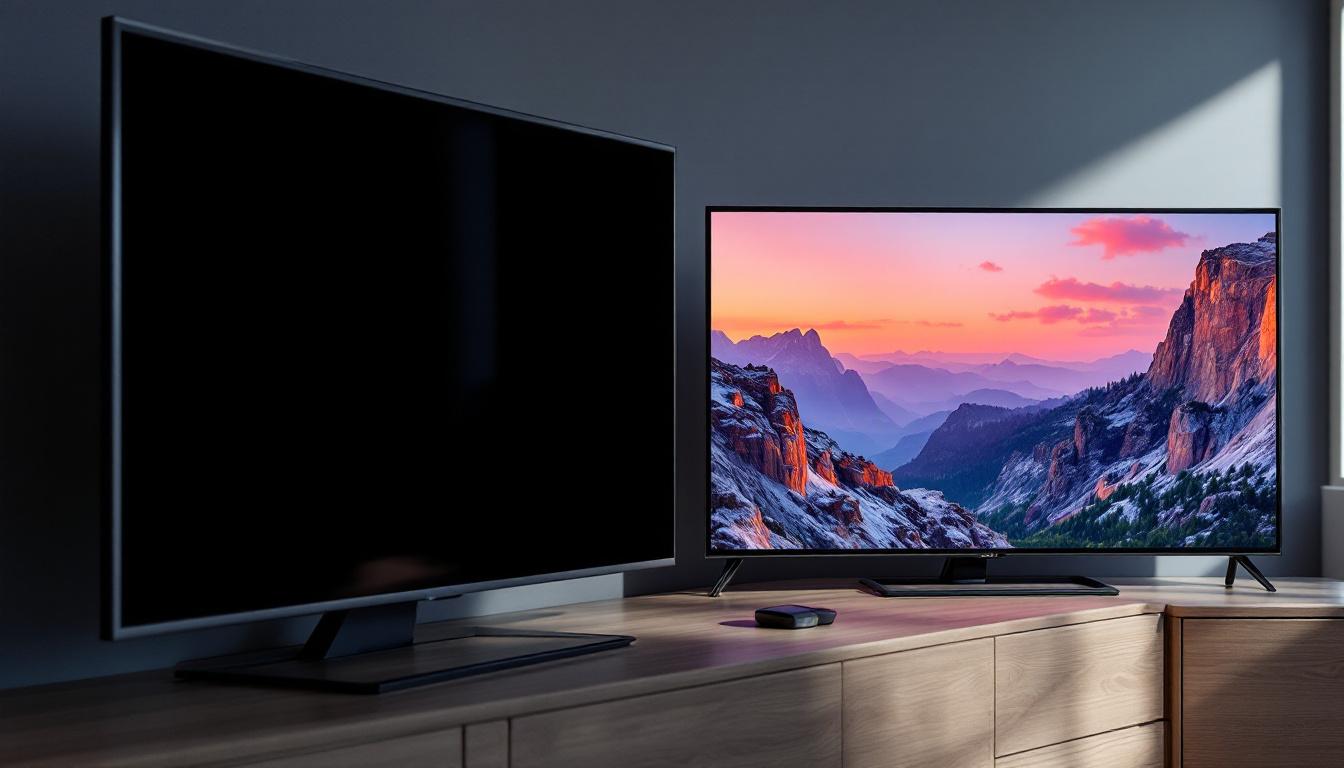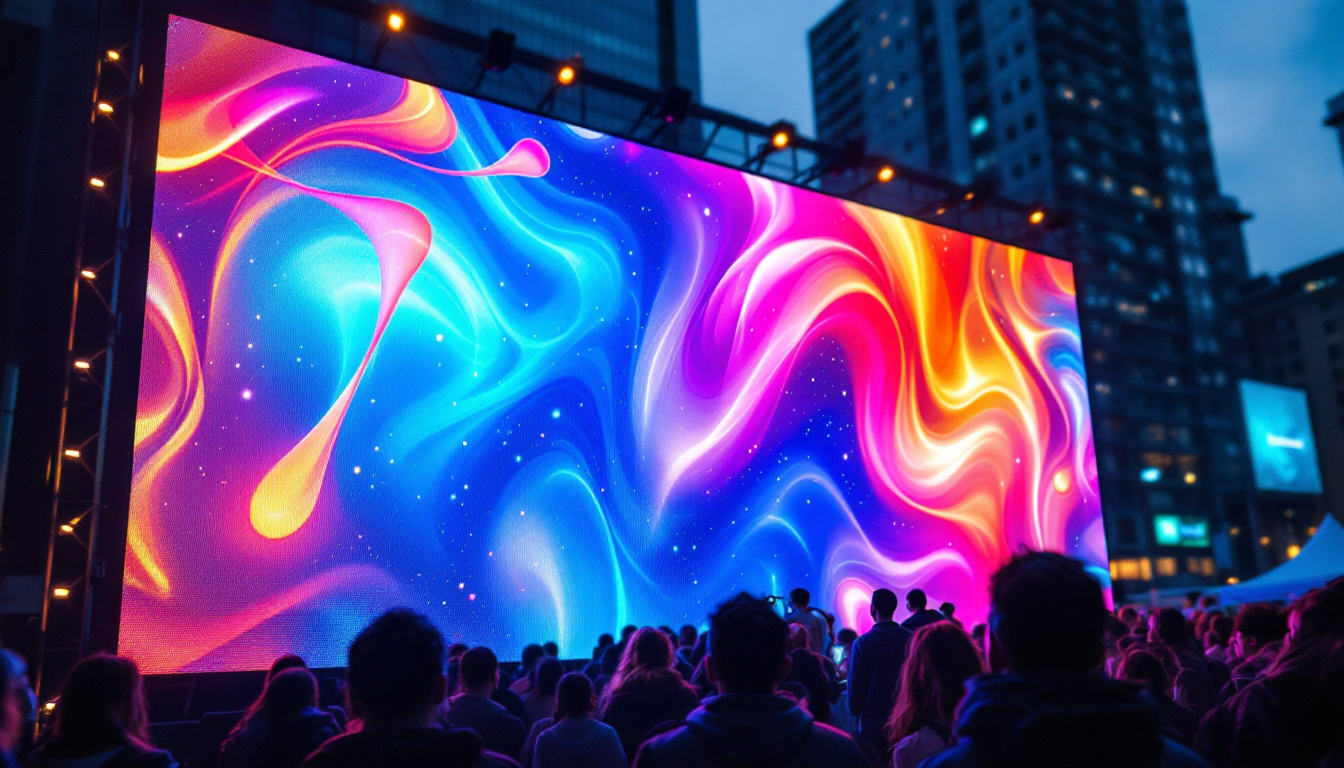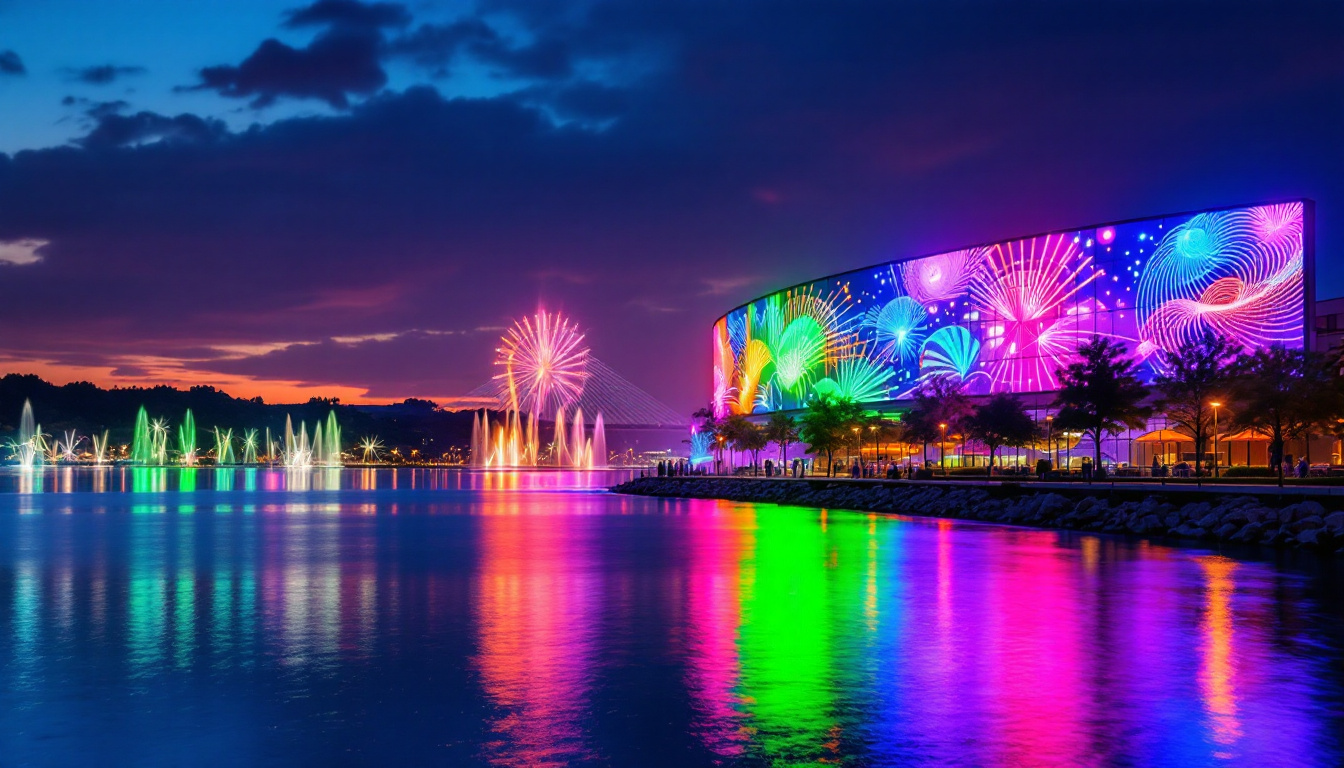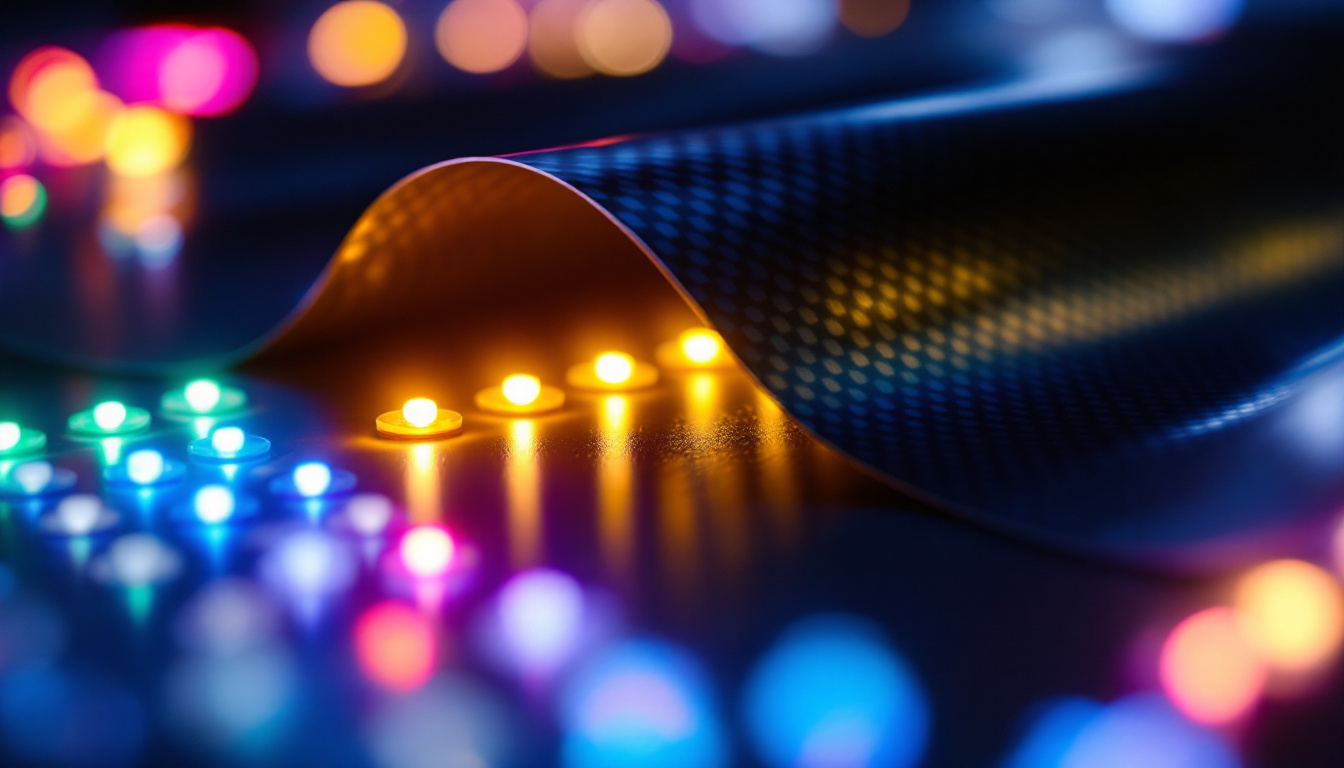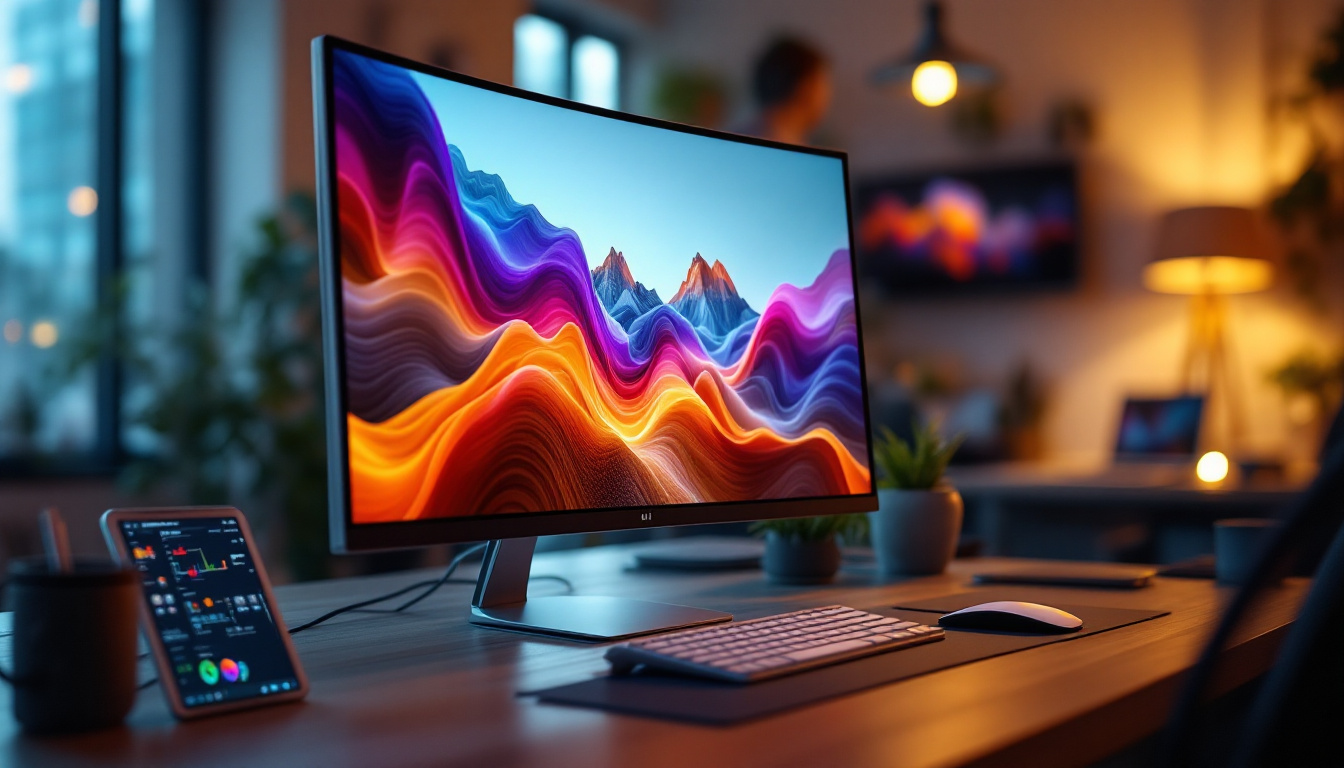In the world of technology, display screens play a pivotal role in user experience. Among various screen sizes, the 16-inch display has gained popularity, especially in laptops and portable monitors. This article delves into the intricacies of 16-inch LED displays, exploring their features, advantages, and applications.
Understanding LED Technology
Light Emitting Diode (LED) technology has revolutionized the way screens are built and perceived. Unlike traditional LCDs that rely on backlighting, LED displays use semiconductor technology to create light. This results in brighter screens with better contrast ratios and energy efficiency.
How LED Displays Work
At the core of LED technology is the principle of electroluminescence. When an electric current passes through a semiconductor material, it emits light. In LED displays, thousands of these tiny diodes are arranged in a grid, allowing for the creation of images by controlling the brightness of each individual diode.
This technology can be categorized into two main types: Direct LED and Edge-Lit LED. Direct LED displays have diodes placed directly behind the screen, providing uniform brightness and better contrast. Edge-Lit LED displays, on the other hand, have diodes positioned along the edges, which can result in thinner screens but may lead to uneven lighting.
Benefits of LED Displays
LED displays come with a plethora of advantages. They are known for their energy efficiency, often consuming less power than traditional displays. This is particularly beneficial for portable devices like laptops, where battery life is crucial.
Moreover, LED displays offer vibrant colors and deeper blacks, enhancing the overall visual experience. The quick response times of LED technology also make it ideal for fast-paced video content, reducing motion blur and improving clarity.
In addition to these benefits, LED technology has also paved the way for innovative applications beyond traditional screens. For instance, in the world of advertising, LED billboards have become a common sight, captivating audiences with their bright, dynamic displays. These billboards can be programmed to change images or messages in real-time, allowing for more engaging and interactive advertising experiences. Furthermore, the durability of LED lights means that these displays can withstand various weather conditions, making them suitable for outdoor use.
Another exciting development in LED technology is the emergence of organic light-emitting diodes (OLEDs). Unlike standard LEDs, OLEDs utilize organic compounds that emit light when an electric current is applied. This technology allows for even thinner screens and greater flexibility in design, enabling manufacturers to create curved or bendable displays. The self-emissive nature of OLEDs also means that they can achieve perfect blacks, as individual pixels can be turned off completely, resulting in an unparalleled contrast ratio that enhances the viewing experience for movies and gaming alike.
Features of a 16-Inch LED Display
A 16-inch LED display strikes a balance between portability and usability. This size is particularly favored by professionals and students who need a screen that is easy to carry without sacrificing functionality. Whether you’re commuting to class, working from a café, or simply moving between rooms at home, the lightweight design of a 16-inch display makes it an excellent choice for those on the go. Furthermore, this size often fits comfortably on desks or small workspaces, allowing for a more organized and efficient environment.
Resolution and Clarity
One of the most critical aspects of any display is its resolution. A 16-inch LED display typically comes in various resolutions, including Full HD (1920×1080) and even 4K (3840×2160) in some models. Higher resolutions offer sharper images and more detail, making them ideal for graphic design, video editing, and gaming. The clarity provided by these resolutions enhances the overall viewing experience, whether you’re watching movies, playing games, or working on detailed projects.
In addition to resolution, pixel density plays a significant role in clarity. A higher pixel density means more pixels per inch, resulting in crisper images and text. This is particularly important for users who spend long hours in front of their screens, as it can reduce eye strain. Many displays also feature technologies like anti-glare coatings and blue light filters, which further enhance comfort during extended use, making it easier to focus on tasks without the distraction of reflections or harsh lighting.
Color Accuracy and Brightness
Color accuracy is another essential feature of 16-inch LED displays. Many modern displays are capable of reproducing a wide color gamut, ensuring that images appear true to life. This is especially important for professionals in fields like photography and graphic design, where color fidelity is paramount. Displays that support HDR (High Dynamic Range) can also provide a more vibrant and dynamic range of colors, making visuals pop and adding depth to images.
Brightness levels also significantly impact the usability of a display. A higher brightness rating allows for better visibility in various lighting conditions, making it easier to use the device outdoors or in well-lit environments. Many 16-inch LED displays offer brightness levels exceeding 300 nits, providing ample visibility in most situations. Additionally, some models incorporate adaptive brightness technology, which automatically adjusts the screen’s brightness based on ambient light, ensuring optimal viewing conditions whether you’re in a dim room or under the bright sun.
Applications of 16-Inch LED Displays
The versatility of 16-inch LED displays makes them suitable for a wide range of applications. From personal use to professional environments, these displays cater to diverse needs.
Personal Use and Entertainment
For personal use, a 16-inch LED display serves as an excellent option for streaming movies, browsing the web, and playing games. Its compact size makes it easy to transport, allowing users to enjoy their favorite content on the go. With the right specifications, these displays can deliver an immersive viewing experience, making them ideal for entertainment.
Additionally, many users appreciate the balance between screen size and portability. A 16-inch display can comfortably fit into a backpack, making it a popular choice for students and casual users alike.
Professional Use in Business and Education
In professional settings, 16-inch LED displays are widely used in laptops for business presentations, data analysis, and remote work. Their portability allows professionals to work efficiently from various locations, whether in the office, at home, or while traveling.
In educational environments, these displays facilitate interactive learning experiences. With the ability to connect to projectors or external monitors, educators can share content seamlessly, enhancing the learning experience for students.
Choosing the Right 16-Inch LED Display
When selecting a 16-inch LED display, several factors should be considered to ensure it meets specific needs and preferences. Understanding these factors can help users make informed decisions.
Performance Specifications
Performance specifications, including processor speed, RAM, and storage, play a crucial role in the overall performance of devices featuring a 16-inch LED display. Users should consider their intended use—whether for gaming, graphic design, or general productivity—to select a display that complements their requirements.
For gaming, a display with a higher refresh rate (such as 120Hz or 144Hz) will provide smoother visuals. In contrast, those focused on design may prioritize color accuracy and resolution over refresh rates.
Connectivity Options
Connectivity is another vital aspect to consider. A good 16-inch LED display should offer multiple ports, including HDMI, USB-C, and DisplayPort, to accommodate various devices. This flexibility allows users to connect their displays to laptops, desktops, and other peripherals without hassle.
Wireless connectivity options, such as Bluetooth and Wi-Fi, can also enhance usability, enabling users to connect to printers, speakers, and other devices effortlessly.
Maintenance and Care for LED Displays
Proper maintenance and care can significantly extend the lifespan of a 16-inch LED display. Users should adopt best practices to keep their displays in optimal condition.
Cleaning and Protection
Regular cleaning is essential to maintain clarity and performance. Users should use a microfiber cloth and a gentle cleaning solution specifically designed for screens. Avoiding harsh chemicals is crucial, as they can damage the display’s coating.
Additionally, using screen protectors can help prevent scratches and reduce glare, further enhancing the viewing experience. Investing in a quality case or sleeve can also protect the display during transport.
Software Updates and Calibration
Keeping software up to date is important for performance and security. Manufacturers often release updates that enhance display performance, fix bugs, and improve compatibility with new applications.
Calibration is another critical aspect of maintaining display quality. Regularly calibrating the display ensures accurate color reproduction and optimal brightness levels, making it essential for professionals who rely on color accuracy.
Future Trends in Display Technology
The display technology landscape is continually evolving, with new trends emerging that promise to enhance user experience. Understanding these trends can provide insight into the future of 16-inch LED displays.
Advancements in OLED Technology
While LED technology remains popular, OLED (Organic Light Emitting Diode) technology is gaining traction. OLED displays offer superior contrast ratios and color accuracy, as each pixel emits its light. This technology allows for deeper blacks and more vibrant colors, making it a compelling alternative to traditional LED displays.
As OLED technology becomes more affordable, it is likely that 16-inch displays will increasingly incorporate this innovation, offering users an even better viewing experience.
Integration of AI and Smart Features
Another trend is the integration of artificial intelligence (AI) and smart features into display technology. Smart displays can learn user preferences and optimize settings accordingly, improving usability and performance.
Features such as adaptive brightness, eye-tracking, and voice control are becoming more common, enhancing the overall experience for users. As technology advances, these features are expected to become standard in 16-inch LED displays.
Conclusion
The 16-inch LED display is a versatile and practical choice for various applications, from personal use to professional settings. Understanding the technology behind LED displays, their features, and how to choose the right one can significantly enhance the user experience.
As technology continues to evolve, the future of 16-inch displays looks promising, with advancements in OLED technology and the integration of smart features on the horizon. Whether for work or play, a 16-inch LED display is an excellent investment for those seeking portability without compromising performance.
Discover LumenMatrix’s Advanced LED Display Solutions
Ready to experience the pinnacle of LED display technology? LumenMatrix is at the forefront of innovation, offering a wide array of LED display solutions tailored to meet your needs. From vibrant Indoor LED Walls to dynamic Outdoor LED Displays, and from sleek LED Posters to immersive LED Sports and Floor Displays, our products are designed to captivate and engage. Embrace the future of visual communication with LumenMatrix’s Custom and All-in-One LED Displays, including cutting-edge LED Transparent Displays. Elevate your brand’s visibility and create unforgettable visual experiences. Check out LumenMatrix LED Display Solutions today and transform the way you share your message.

